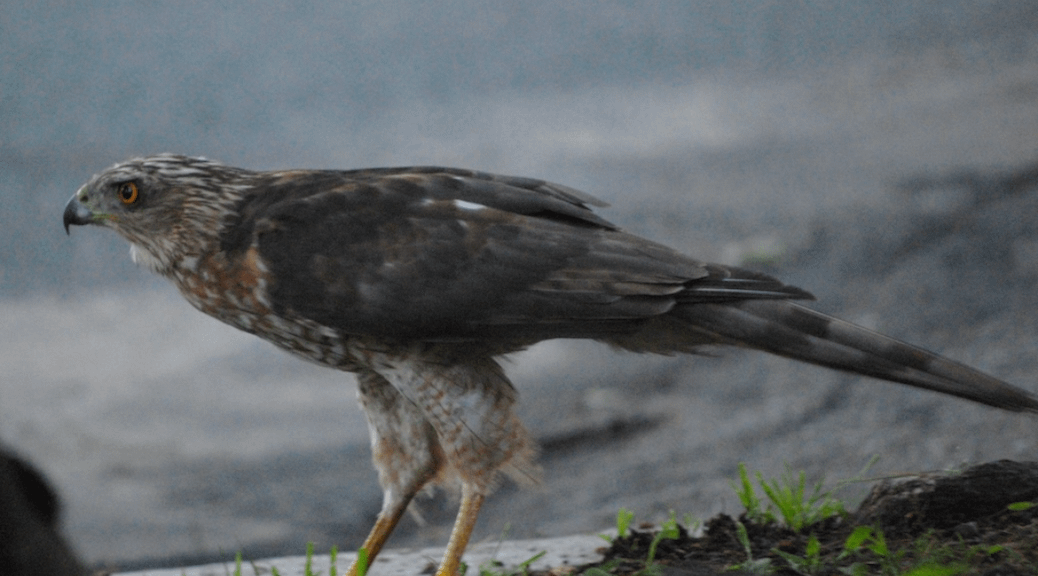
Across the globe, the accelerating loss of biodiversity is sounding alarms among scientists, conservationists, and communities that recognize nature as more than scenery—it is the living fabric of our survival. The United Nations warns we are in the midst of an extinction crisis “at least tens to hundreds of times faster than the natural process of extinctions.”
In Canada, where biodiversity is heralded as a national treasure, action is falling gravely short—and British Columbia is a prime example. Despite being the most biologically diverse province in the country, B.C. still lacks legislation specifically designed to protect species at risk.
Continue reading Vanishing Voices: The Global At Risk Species Crisis and Cortes Island







